|
Themes and Visual Storytelling

The author, as stated in their endnotes in the epilogue chapter, wrote The Summer You Were There's story to challenge the idea that a story where somebody dies has a 'bad ending'. Shizuku, Shiori, Ruri, and Seri are said to meet together a few times a year. 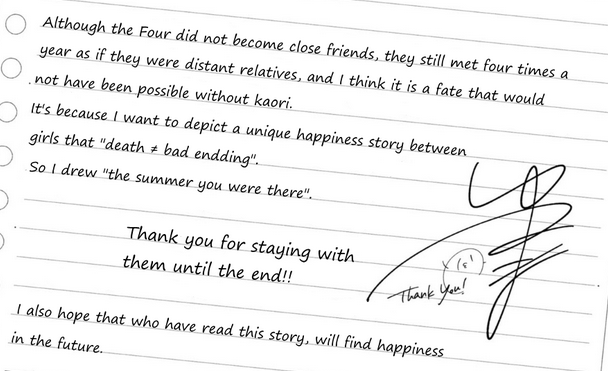
This perfectly proves Yuama's idea - the very fact she and the people she'd had such a rough history are able to sit around a table and enjoy eachother's company is proof that Kaori had been in their lives - the proof Shizuku promised she'd be, and proof she had grown from the girl she was. Showing this ending for their characters is likely meant to speak to those who the story is directed towards: those struggling similarly to Shizuku. Too often in media do we cover characters being forgiven for things they didn't really do, or even worse having their redemption glossed over to make it easier for the viewer to swallow. In showing a real-to-life depiction of guilt and grief over one's past, especially one possibly fueled by a disorder so misunderstood, reminds the viewer that there is a future for you no matter what -- all you need is to find it. Yuama's use of sequential art is what makes The Summer You Were There poingant for readers - their strength can be found in subtle movement across panels, and how it can be used to COMPLETELY devastate the reader. Often in the story, you get to see characters have panel-by-panel breakdowns. A particularly upsetting instance is seeing Kaori unravel at the aquarium when her future is mentioned. True to life, you see the characters fall apart bit by bit, and that realism is what makes it so impactful. 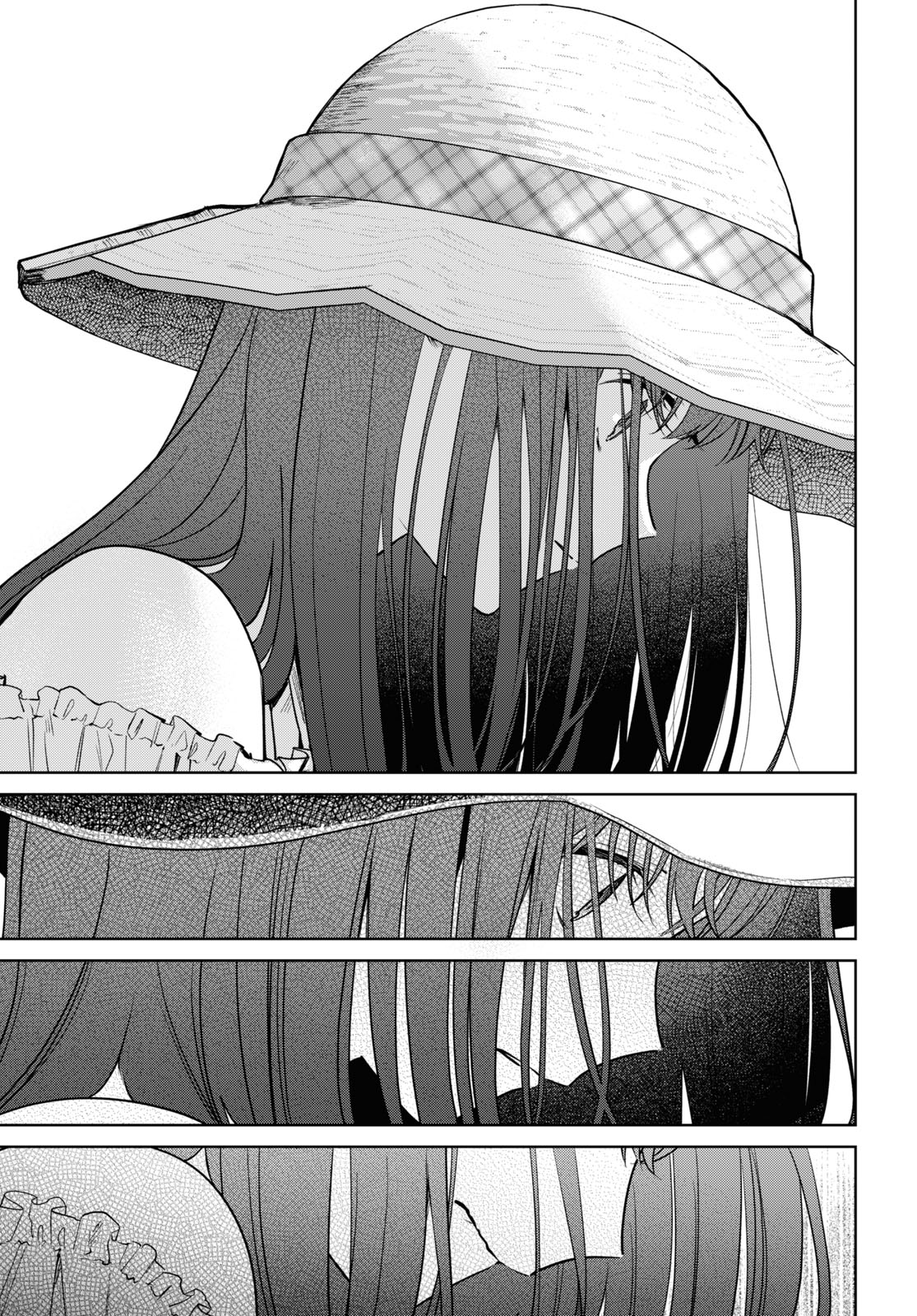 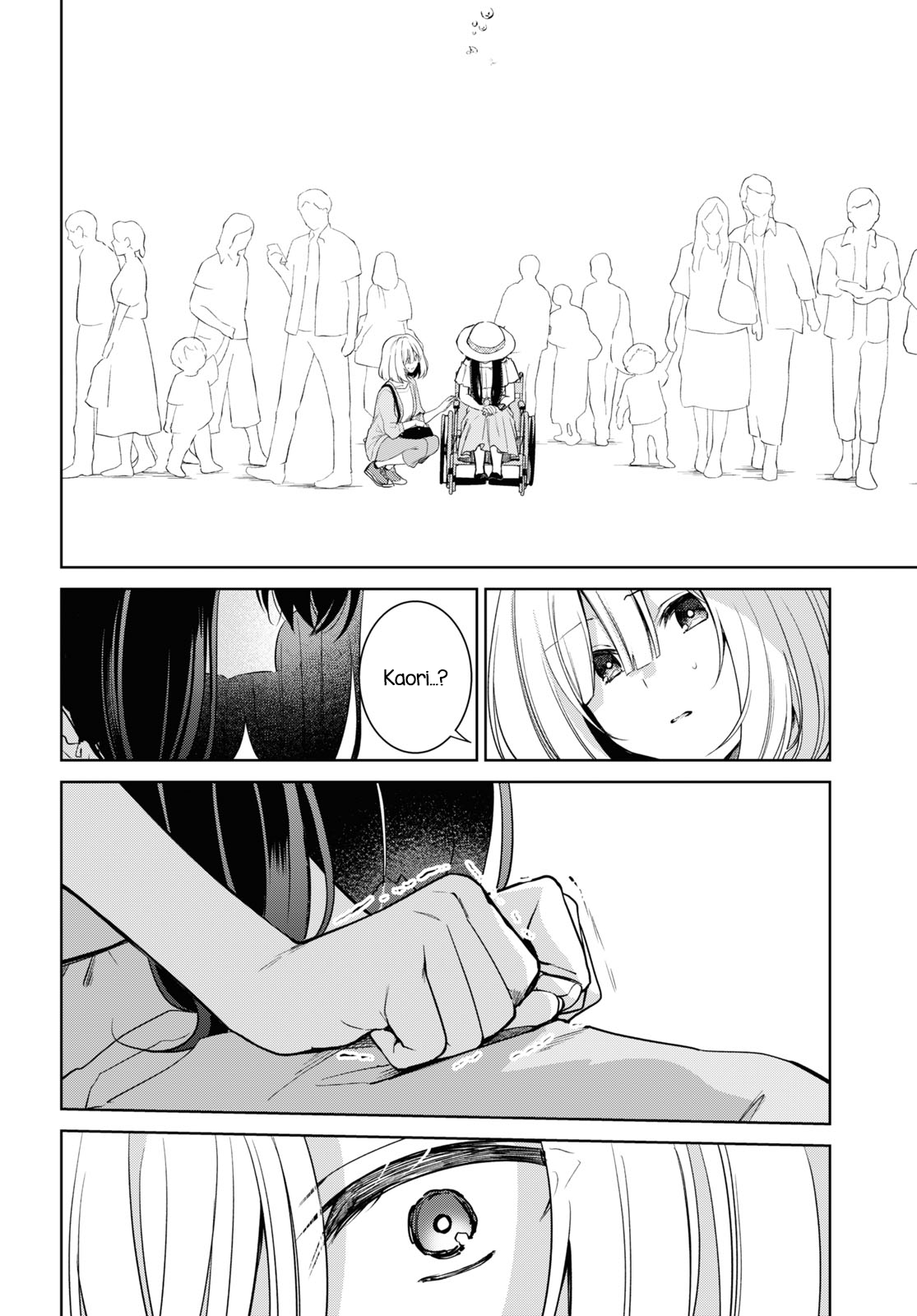
Another interesting feature of Yuama's work is their use of black, specifically black textboxes - representing inner darkness, Shizuku's narration is often written in black text boxes. Arguably, most of these black text boxes pop up when Shizuku is having panic attacks or intrusive thoughts, and is often accompanied with the imagery of water, which is EVERYWHERE in the story. 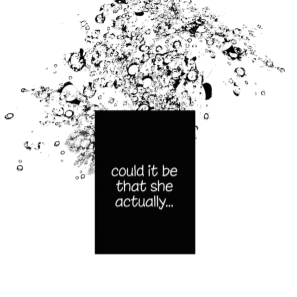
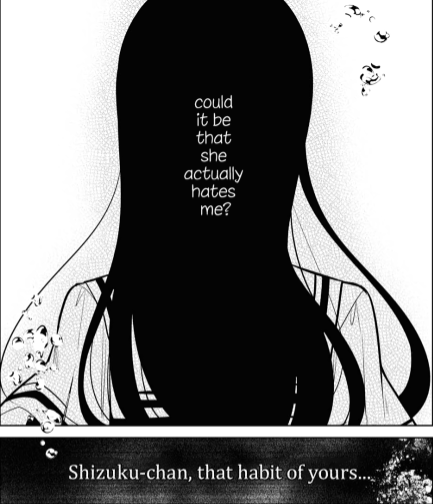
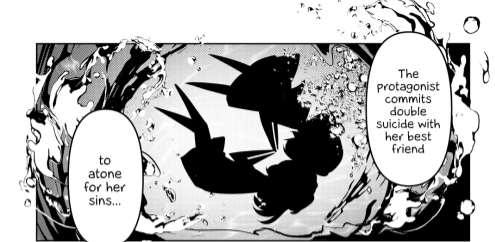
This use of water is representative of Shizuku 'drowning' in her past actions. She can even be seen explicitly 'drowning' as she tells Kaori the truth of her past. Water is also seen when Kaori recollects her own past struggles in the letter she left to Shizuku - suggesting to the reader that in a way she struggled the same as Shizuku did. 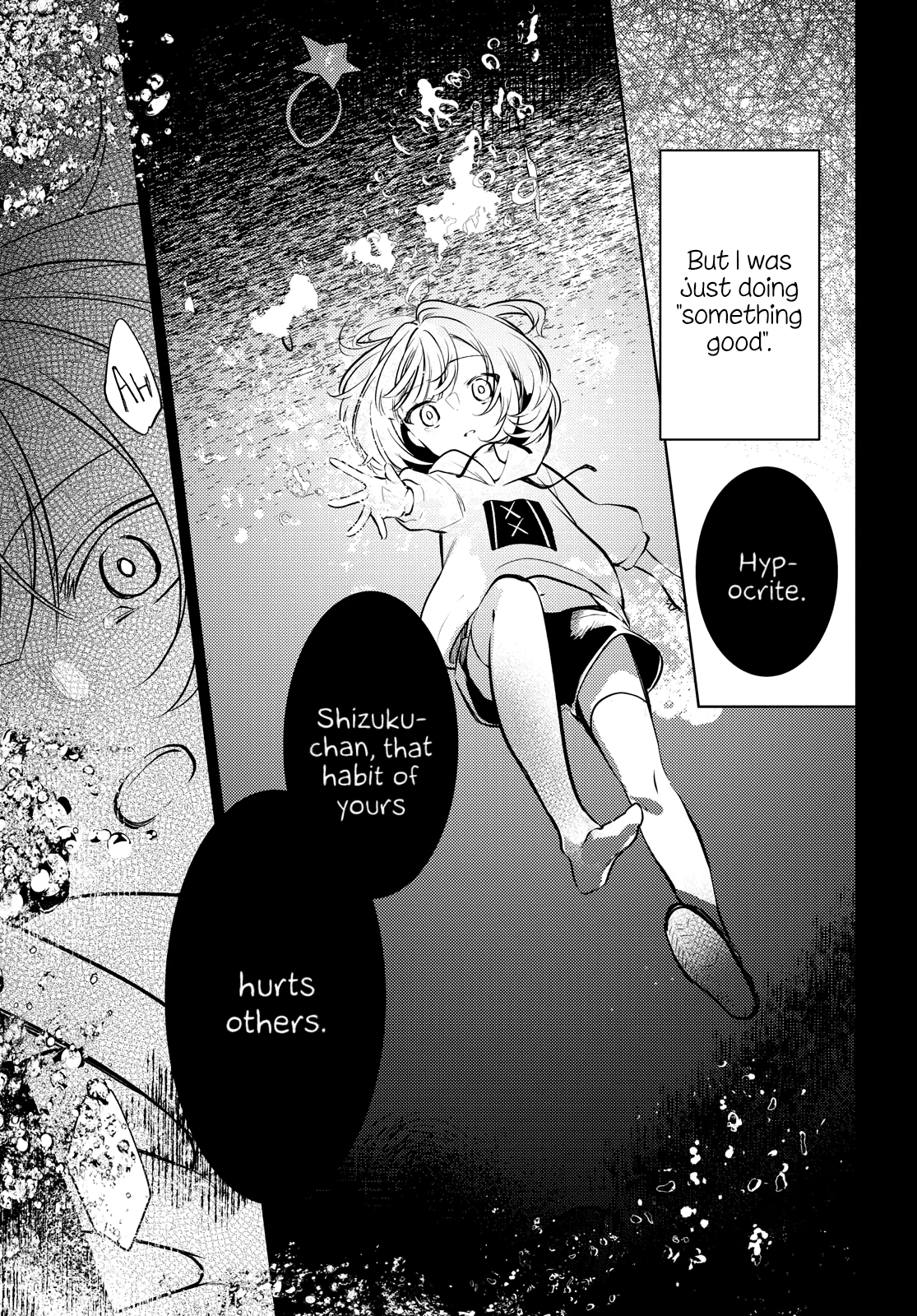
In a few instances the imagery of water turns to that of bubbles. You can namely see this on pieces taking place around the end of the story and epilogue, such as the final volume's cover. This is most definitely metaphorical for Shizuku being relieved of her mental strife. 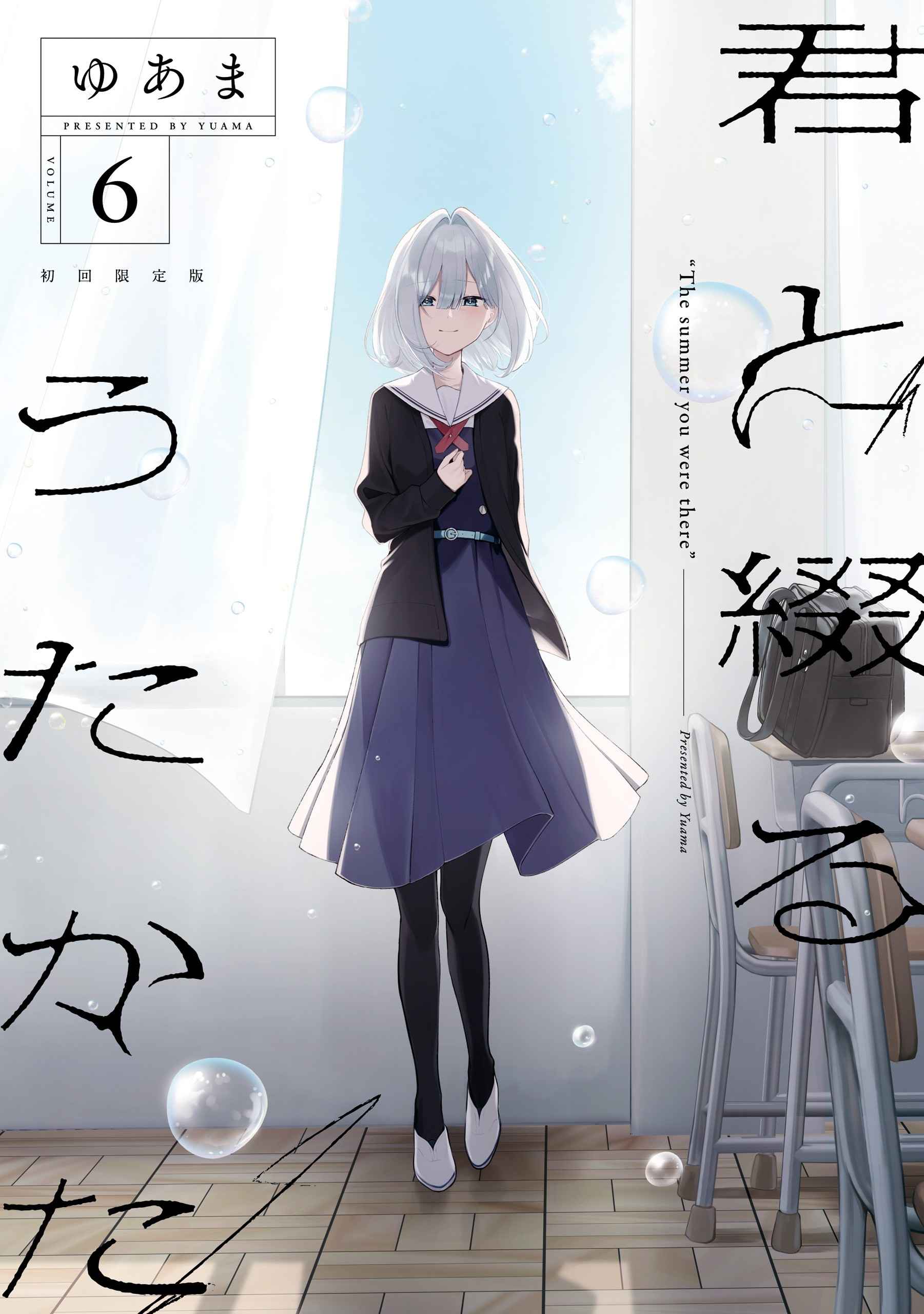
Notably, bubbles are also fragile and don't stay around long - one could connect this to Shizuku and Kaori's brief time together. No matter how short their time, though, it still fills Shizuku's world. Over all, Yuama's skillful use of visual storytelling is what makes the story effectve - in making the story so real to life, you can feel as if the characters and their own struggles are real, and that their redemptions and character arcs are just as possible for the reader as it was for them. |
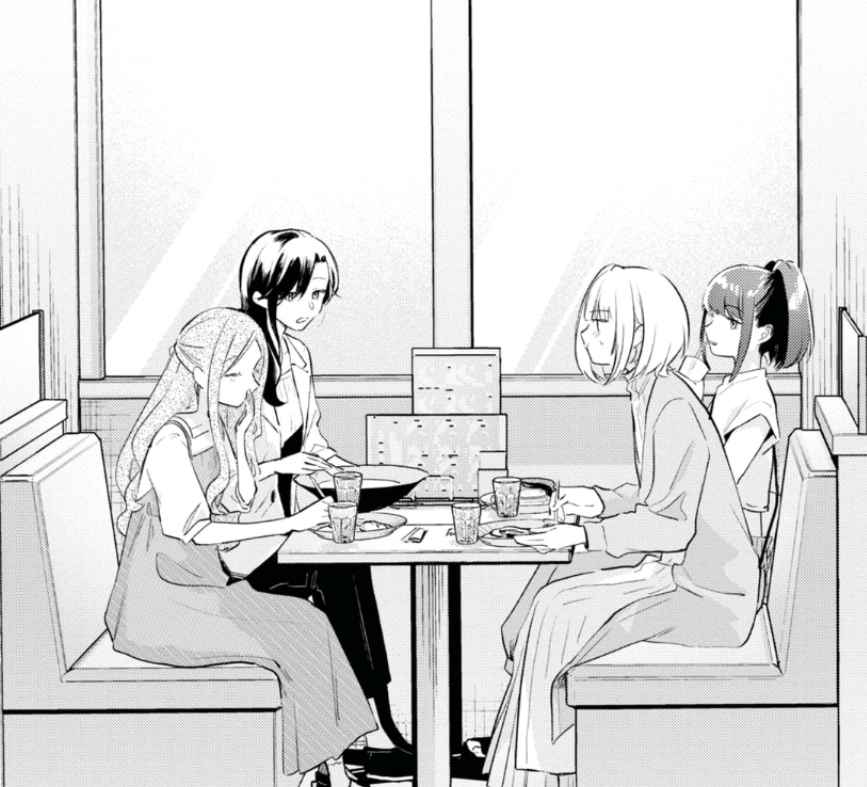
|
|
website design c. France
